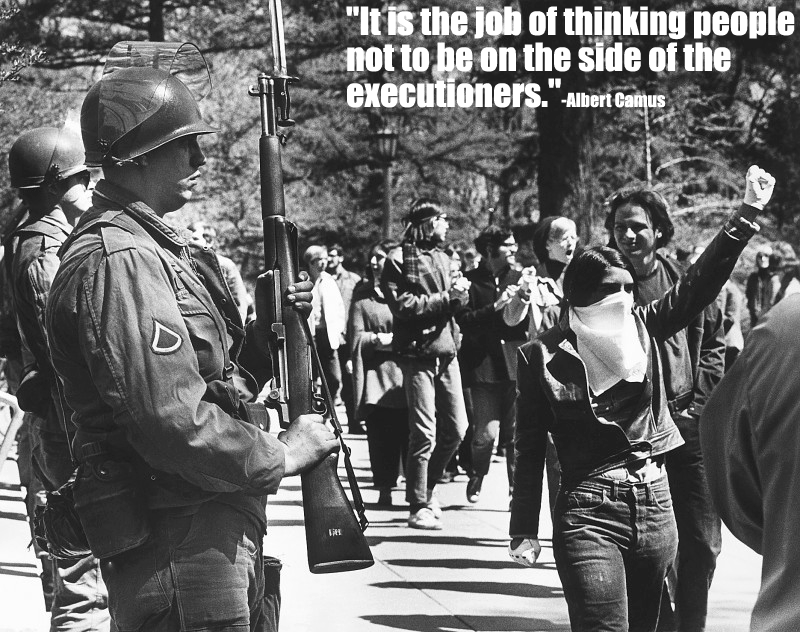

Kent State might have gotten two sentences of text, and, according to Means’ thesis, deserve more than what history books tell their readers. In my United States history class, all events post World War II were glossed over in a mishmash at the end of the school year. In 1970, I would not be alive for an entire decade and joined in this buddy read to read about a historical event, not one I lived through. Other reviewers had been high school or college students in 1970 and perhaps wanted to bring much needed closure to this event and era of their youth. I have read through other reviews and notice the same generation gap that Means refers to throughout this book.

Marked the 50th anniversary of the Kent State University shootings, which left four dead and nine wounded. Using the university's recently available oral-history collection supplemented by extensive new interviewing, Means tells the story of this iconic American moment through the eyes and memories of those who were there, and skillfully situates it in the context of a tumultuous era.

The Kent State shootings were both unavoidable and preventable: unavoidable in that all the discordant forces of a turbulent decade flowed together on May 4, 1970, on one Ohio campus preventable in that every party to the tragedy made the wrong choices at the wrong time in the wrong place. A horror of far greater proportions was narrowly averted minutes later when the Guard and students reassembled on the Commons. Twenty-four minutes later, Guardsmen launched a 13-second, 67-shot barrage that left four students dead and nine wounded, one paralyzed for life. At midday on May 4, 1970, after three days of protests, several thousand students and the Ohio National Guard faced off at opposite ends of the grassy campus Commons at Kent State University.


 0 kommentar(er)
0 kommentar(er)
